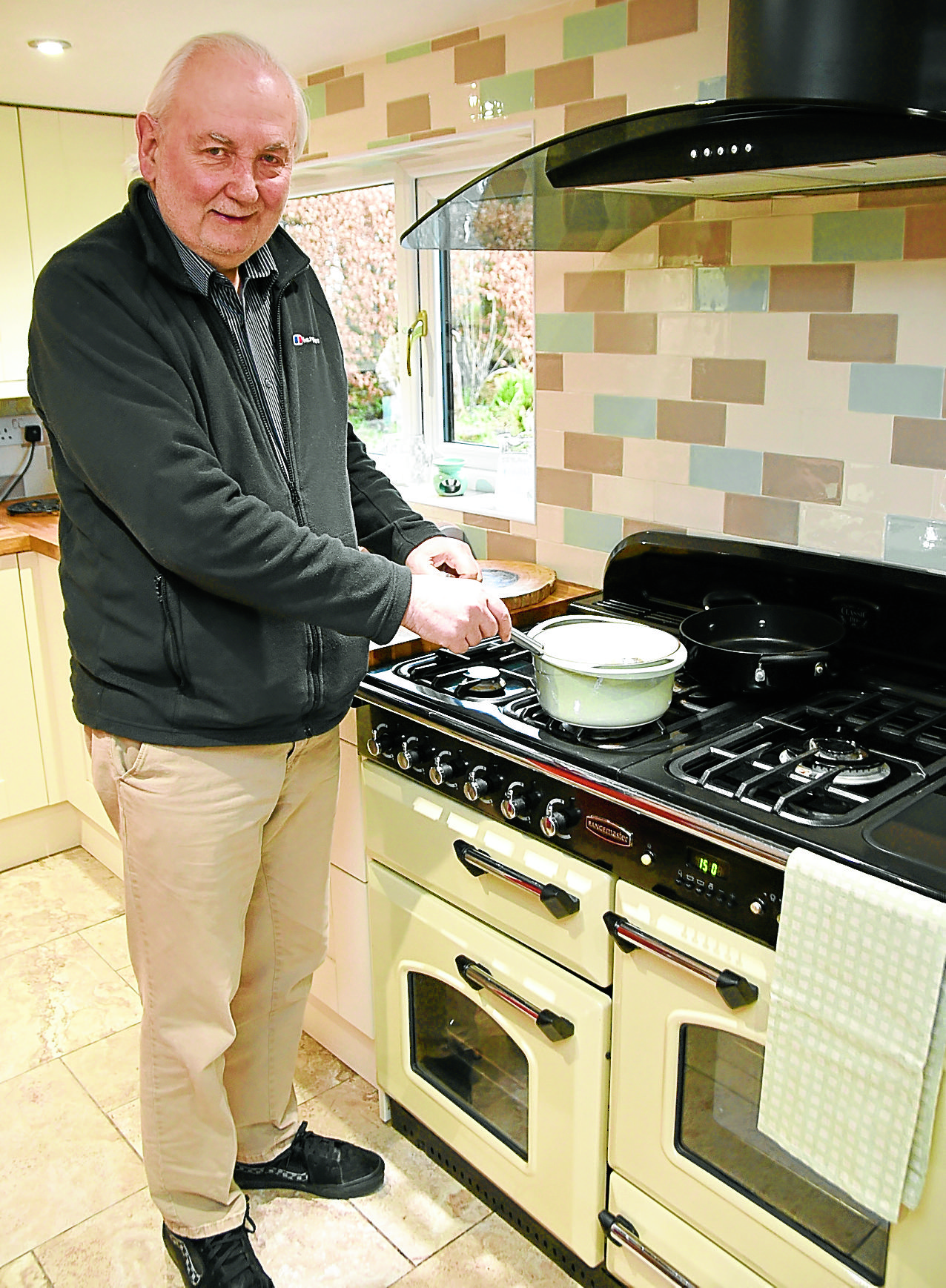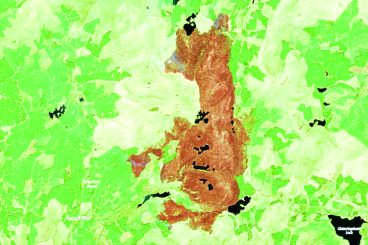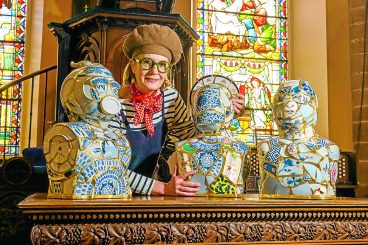“I LIVED in Annan through some of my childhood then in Glasgow up to my very late 20s, a great place to be brought up but it had its downsides. In the midst of deep winter, the coldness creates a damp glistening chill on every exposed surface and any uncovered anatomical extremity.
Scots families had many ways of coping with mid winter, including substantial clothing, thick walled houses, roaring fires, a shot of whisky, tea or coffee and hot, sustaining food served on even hotter plates.
Salty, thick porridge, a full fried breakfast or Lorne sausage baps are a good start to a cold morning. For the evening meal the national dish of haggis, neeps and tatties is still a weekly staple for many families. Our traditional soups and broths are meals in themselves. “Fish suppers”, “Scots pies or Bridies”, “steak mince and tatties”, “chicken curries”, “beef stew”, “gammon and chips” are a selection of the one time (and present time) common supper-time meals, if not for the young then for the slightly mature.
When I lived in Annan and then Glasgow up to the late 1970s I was introduced to a classic Scottish winter warmer called stovies. The stovies served up to me invariably was a “hotpot” type of dish brimming with onion, sliced potato and chicken. It became for me the ultimate cold weather meal, dished up with thick chunks of bread on the side.
Presented with stovies I go into a trance of contentment!
At the time I did not know it but I was eating “chicken stovies” – pure and simple stovies is a potato dish with no meat other than good stock or even milk. I learnt this in London in the 1980s as a result of an argument in a pub! A group of friends were talking about comfort foods and my choice was stovies, but a Scots companion Mike Hogan objected strongly to my claim that it is a chicken and potato dish. A visit to a nearby bookshop resolved the issue. Elizabeth Craig’s 1980s cookery book lists two recipes; one with onions, potatoes and stock, while the other has lamb or mutton leftovers – no chicken!
Stovies are all things to all Scots, there is not a correct or incorrect recipe. An examination of eight or so Scottish traditional recipe books gives eight different compositions, some with meat some without. Among the meats listed are mutton or lamb, beef, pork , sausage , chicken (hurrah!) and even fish (no idea if that would work).
Eleanor Cowan remarks in “Traditional Scottish Recipes” that “You’ll find numerous different versions of stovies in different books, and nobody cooks it quite the same way”. She got that right and no mistake.
The strange word “stoved” in Scottish does not mean cooked in a stove so much as stewed. It is traditional to cook your stovies on the hob with the contents layered within a pot covered by a good lid so the dish cooks in its own juices. I prefer to use the oven because I fill up a big casserole pot and it cooks more easily and evenly than on the hob.
I have read in various accounts that stovies is derived from a French word but various sources quote different ones, including “etuve”, “etuvee”, “etuver”, and even “etouffee”, among others – “etuve” is a kind of oven, “etuver” is to steam, “etuvee” is stewed, whereas “etouffee” is best known as a Cajun seafood and veg casserole. Originally the word described cooking in a pot with a tight lid.
There has been an historical relationship between France and Scotland for hundreds of years so many Scottish words originate from French.
The stovies recipe here contains lots of chicken – for me there is no other way.”























